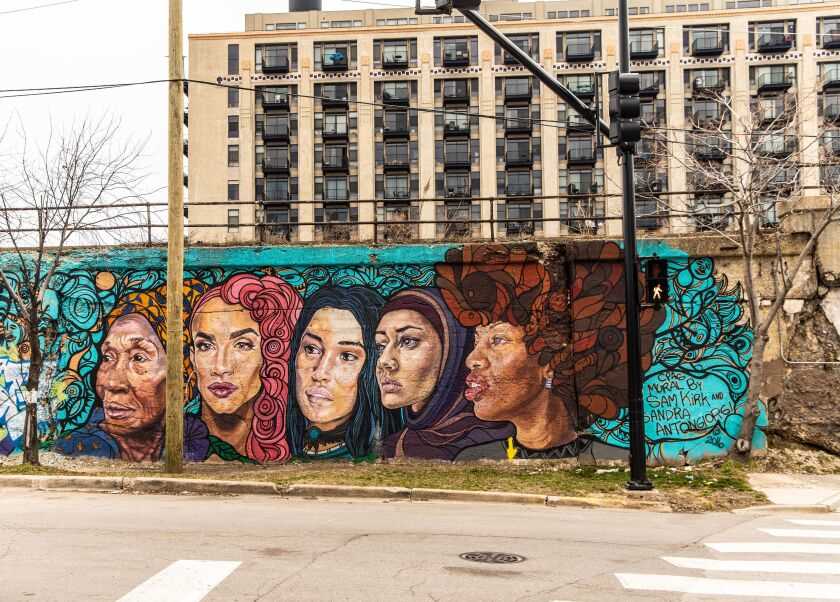
Graffiti has long been associated with urban decay and vandalism, but artist Sam has found a way to transform these negative perceptions. Through his unique talent and artistic vision, Sam is repurposing urban spaces and turning them into powerful works of art.
Sam’s graffiti is not simply about making a mark on a wall, but about making a statement. His pieces are thought-provoking and often convey important social and political messages. By using graffiti as a medium, Sam is able to bring attention to critical issues and inspire dialogue within the community.
What sets Sam apart from other graffiti artists is his ability to blend his art seamlessly into the urban landscape. His pieces interact with their surroundings, creating a harmonious relationship between the artwork and the environment. The result is a fusion of creativity and city life, transforming once neglected areas into vibrant and engaging spaces.
Sam’s repurposing of urban spaces through graffiti is not only aesthetically pleasing, but also serves a greater purpose. By reclaiming abandoned buildings and walls, he is revitalizing forgotten areas and bringing them back to life. Sam’s work not only enhances the visual appeal of these spaces, but also instills a sense of pride and belonging in the community.
Through his unique approach to graffiti, Sam is challenging conventional perceptions of urban decay and proving that art has the power to transform and revitalize communities. His passion and dedication to repurposing urban spaces make him an inspiring figure in the world of graffiti and urban art.
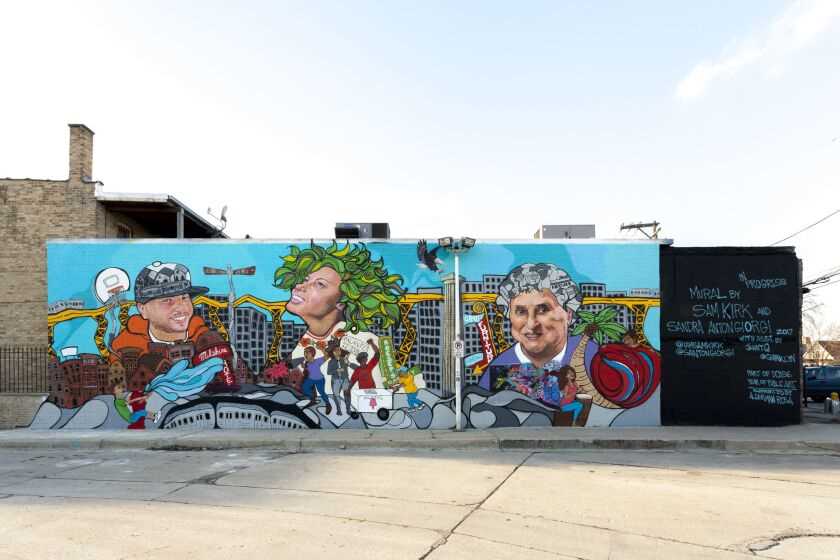
Sam, a pseudonym for the artist behind the graffiti, began his artistic journey in the late 1980s. Inspired by the energy and rawness of urban graffiti, he started experimenting with different styles and techniques. Sam’s unique approach to graffiti caught the attention of the local community and he quickly gained a reputation for his bold and intricate designs.
Influence of Hip-Hop Culture
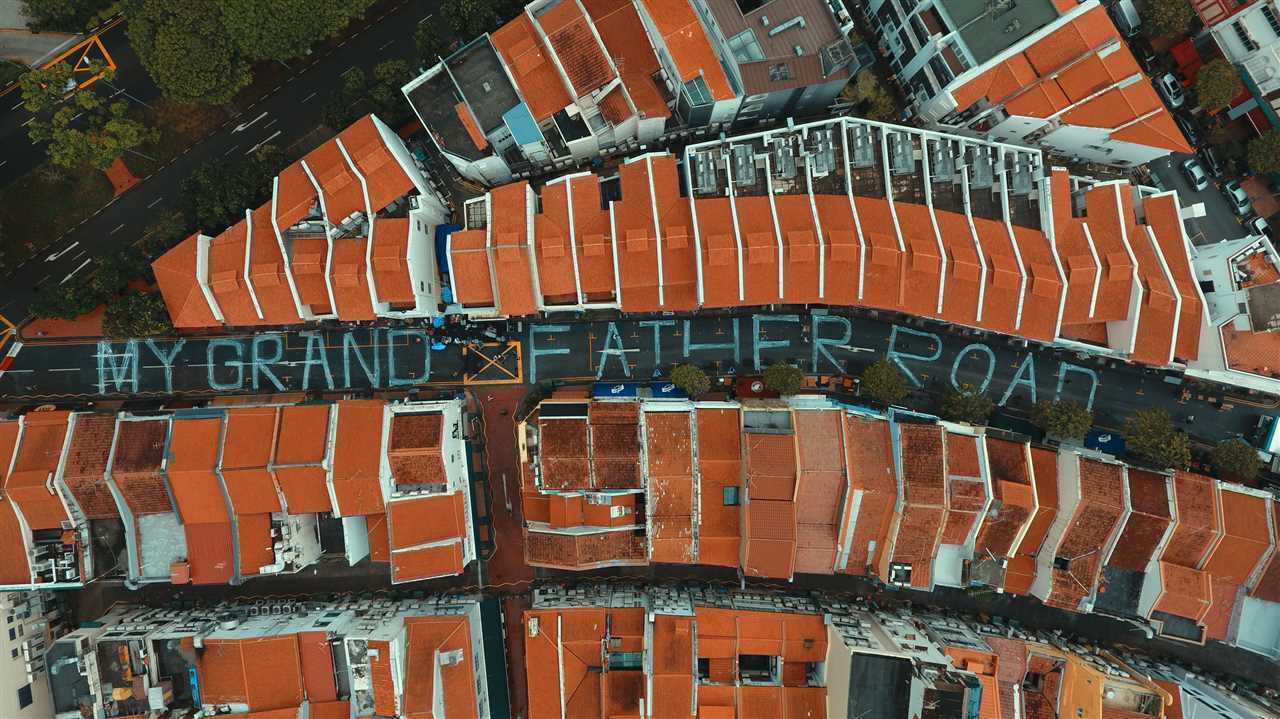
Sam’s graffiti was heavily influenced by the emerging hip-hop culture of the time. Hip-hop music, dance, and fashion played a significant role in shaping the graffiti art movement. Sam incorporated elements from graffiti lettering, breakdancing, and rap music into his artwork, creating a visual representation of the vibrant and dynamic urban culture.
As hip-hop gained popularity worldwide, so did Sam’s artwork. His graffiti started appearing on walls, trains, and various urban spaces not only in his hometown but also in other cities across the globe. Sam became recognized as a prominent figure in the international graffiti community, inspiring and influencing a new generation of artists.
Evolving Techniques and Styles
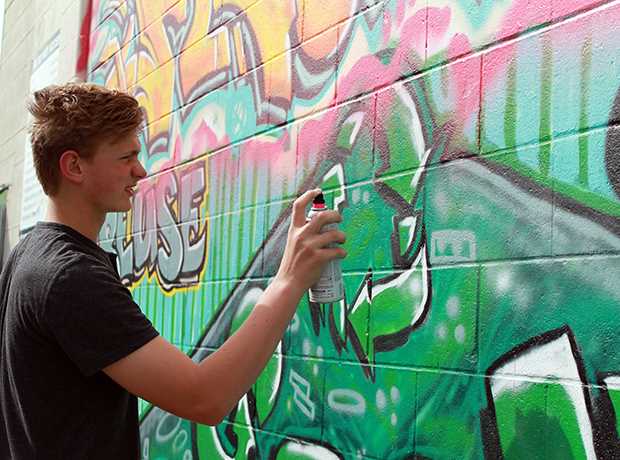
Over the years, Sam has continued to evolve his graffiti techniques and styles. His artwork now combines traditional graffiti lettering with abstract shapes and vibrant colors, creating visually stunning compositions. Sam’s graffiti has become more than just writing on walls; it has transformed into a form of art that can be appreciated for both its aesthetic appeal and underlying messages.
Sam’s graffiti repurposes urban spaces, turning neglected walls and buildings into works of art that engage and inspire the local community. Through his art, Sam aims to bring attention to societal issues, spark conversations, and encourage people to see the potential beauty in their surroundings.
Techniques of Sam Graffiti

In the world of graffiti art, Sam is known for his unique and innovative techniques. His work combines both traditional graffiti styles and experimental approaches, resulting in stunning and thought-provoking pieces. Here are some of the techniques that Sam employs in his graffiti:
- Stencil Art: Sam often uses stencils to create detailed and intricate designs. This technique allows him to achieve precise lines and shapes, as well as add multiple layers to his artwork. Stencil art also enables Sam to work quickly and efficiently, especially when creating large-scale murals.
- Calligraphy: Another technique that Sam incorporates into his graffiti is calligraphy. He skillfully combines fluid and expressive strokes to create dynamic lettering and typography. This gives his work a unique and stylish look, making it stand out from other graffiti artists.
- Mural Art: Sam is known for his large-scale mural artworks, which often adorn the sides of buildings and other urban spaces. He uses a combination of spray paint and brushes to create vibrant and colorful murals that reflect the local culture and community. Sam’s mural art also carries powerful messages, using his artistic talent to address social and environmental issues.
- 3D Effects: Another technique that Sam employs is the use of 3D effects. He skillfully creates an illusion of depth and dimension in his graffiti, making the artwork appear as though it is popping out of the surface. This technique adds an extra layer of visual interest and captivates the viewer’s attention.
- Mixed Media: Sam often incorporates a mix of different materials and techniques in his graffiti. He might combine spray paint with acrylics, markers, or even collage elements. This experimentation with various mediums adds texture and complexity to his artwork, creating a visually striking and multi-dimensional experience.
Through his mastery of these techniques, Sam’s graffiti has become a powerful form of artistic expression, transforming urban spaces into captivating works of art.
Impact on Urban Environments

Graffiti, once considered an act of vandalism, has transformed into an art form that can have a positive impact on urban environments. By repurposing empty walls and spaces, artists like Sam have the power to change the atmosphere of a neighborhood by adding color, vibrancy, and creativity.
One significant impact that graffiti has on urban environments is its ability to foster a sense of community and cohesion. In many cases, graffiti murals are created by local artists who not only beautify the area but also reflect the culture and identity of the community. This art form can inspire a sense of pride and ownership among residents, making them more invested in their surroundings.
Revitalizing neglected areas

Graffiti can transform neglected or abandoned areas into vibrant and engaging spaces. By repurposing old buildings, alleyways, and other forgotten spaces, graffiti art draws attention to these areas and gives them a newfound purpose. This revitalization can help reduce crime rates as it encourages people to spend more time in and take care of their community.
Inspiring creativity and self-expression
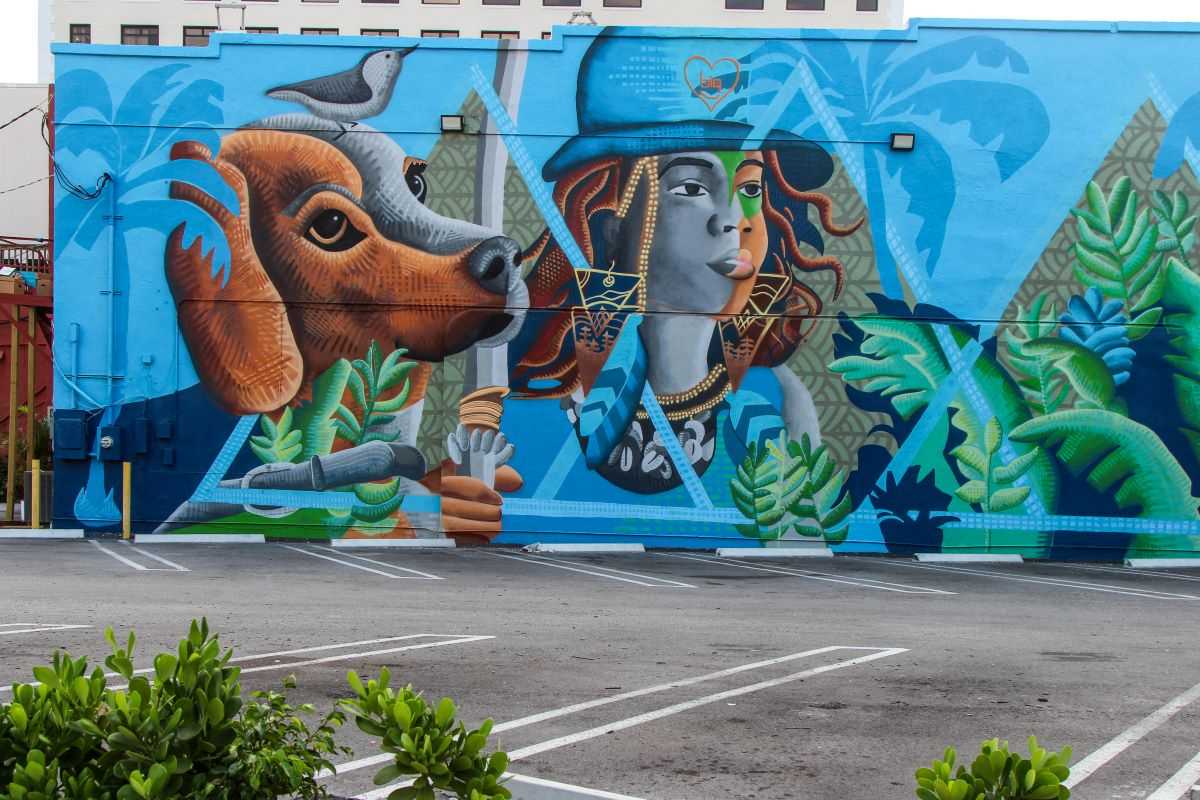
Graffiti art has the power to inspire and encourage creativity and self-expression in a way that traditional art forms often fail to do. It allows artists to take their creativity out of galleries and museums and onto the streets, where their work can reach a wider audience. This accessibility can inspire individuals to pursue their artistic passions, further contributing to the cultural and artistic development of a community.

I am a mural enthusiast and a fervent admirer of street art. Rather than creating murals myself, I am passionate about collecting them. My love for street art knows no bounds. I am dedicated to curating and cherishing these artworks that grace the streets. My collection stands as a testament to my profound appreciation for this form of artistic expression.
read about me



